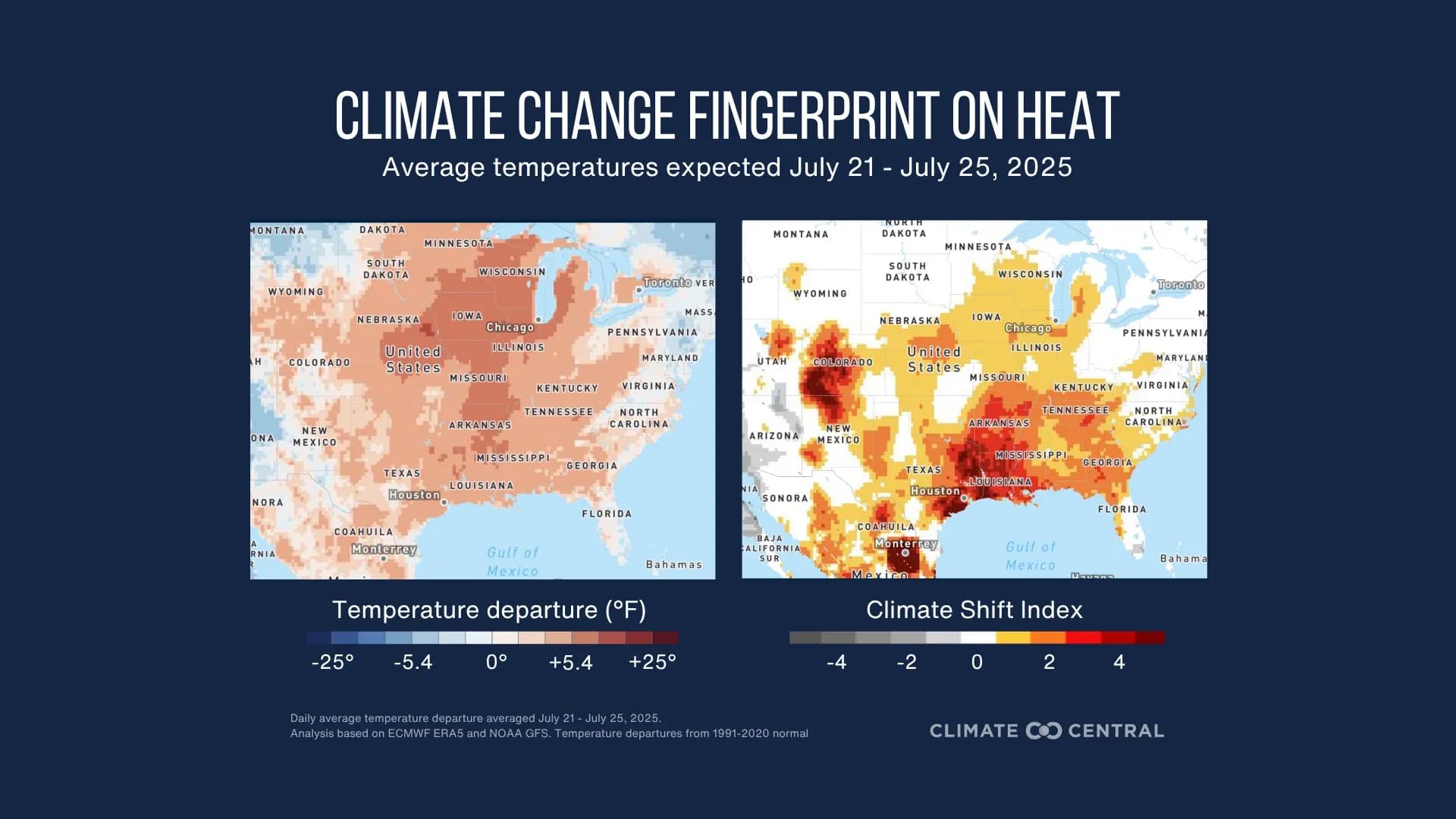Decoding the Feels-Like Factor: When the Forecast Lies to Your Skin
Explore why weather forecasts don't always tell the full story. Discover humidity's hidden power to intensify heat & learn smart strategies to truly beat the summer.
The Thermometer's Secret: Why Reported Temperature Isn't the Whole Story
Ever checked the weather forecast, seen a seemingly manageable temperature, only to step outside and feel like you've walked into an oven? You're not alone. This common disconnect highlights a crucial aspect of our thermal experience: the number on the thermometer rarely tells the full story. While official reports might cite a pleasant 34°C for or a scorching 44°C for , these figures often fall short of capturing the true intensity of the heat we perceive. Especially in regions like , where coastal areas are prone to a "hot and humid" climate, the 'feels-like' factor can significantly diverge from the actual air temperature. This isn't just a minor discrepancy; it's a fundamental difference in how our bodies interact with the atmosphere around us. The reported temperature is merely one variable in a complex equation, leaving out a powerful, often invisible, element that dictates our comfort and even our safety. Understanding this hidden influence is key to truly decoding our thermal environment.
Humidity's Silent Grip: The Science Behind Amplified Heat Sensation
So, what's the silent accomplice in making a warm day feel unbearably hot? It's humidity, the invisible water vapor saturating the air. Our bodies are remarkably efficient at cooling themselves through sweat evaporation – as perspiration turns into gas, it carries heat away from our skin. But when the air is already laden with moisture, this natural cooling mechanism becomes drastically less effective. There's simply nowhere for our sweat to go. The confirms this, noting that high humidity combined with calm winds significantly intensifies the sensation of heat, making the weather feel anywhere from two to four degrees Celsius hotter than the actual measured temperature. This isn't just a subjective feeling; it's a physiological reality. Imagine trying to dry a wet towel in a room already thick with steam – it's a similar struggle for your body to shed heat in a scorchingly humid atmosphere. This scientific principle is why a seemingly mild 30°C day can feel far more oppressive than a dry 35°C one.
Beyond the Sweat: Health and Lifestyle Impacts of Hidden Heat
The amplified heat sensation caused by humidity extends far beyond mere discomfort, carrying significant health and lifestyle implications. When our bodies struggle to cool down, the risk of heat-related illnesses skyrockets. We're not just talking about excessive sweating; we're looking at potential heat stress, exhaustion, and even life-threatening sunstroke. The constant strain on the body to regulate its temperature can lead to fatigue, irritability, and a general feeling of sluggishness. Daily routines become a challenge: outdoor activities are curtailed, productivity at work can dip, and even simple tasks feel like monumental efforts. Furthermore, the pervasive stickiness of high humidity can disrupt sleep patterns, leaving us feeling unrested and exacerbating the overall impact of the heat. This hidden heat doesn't just make us sweat more; it subtly, yet profoundly, undermines our well-being and alters the rhythm of our daily lives, demanding proactive measures for protection.
Mastering Your Microclimate: Smart Strategies for Humid Havens
Navigating the challenges of high humidity requires more than just complaining about the heat; it demands smart, proactive strategies to create your own comfortable microclimate. First and foremost, hydration is paramount. Continuously sipping water and other fluids replenishes the moisture your body loses through ineffective sweating, preventing dehydration and aiding internal cooling. Secondly, think about your attire. Light-colored, loose-fitting cotton clothing isn't just a fashion statement in hot climates; it actively promotes natural body cooling by allowing air circulation and moisture wicking. Thirdly, strategic avoidance of direct sun exposure during peak hours, typically midday, is crucial. This simple step significantly reduces your heat load. Finally, don't overlook your living spaces. Ensuring good home ventilation throughout the day, perhaps by opening windows in the early morning or evening when temperatures are lower, helps maintain acceptable indoor temperatures and dissipates trapped humidity. These aren't just generic tips; they're essential tactics for mitigating the pervasive effects of humid heat and safeguarding your health.
A Changing Climate, A Changing Feel: The Future of Our Thermal Comfort
As global climate patterns shift, the 'feels-like' factor, particularly influenced by humidity, is poised to become an even more critical aspect of our daily lives. We're already witnessing prolonged waves of intense heat and humidity in many regions, a trend that climate projections suggest will only intensify. This isn't merely about hotter days; it's about a fundamental change in how we experience those temperatures, with humidity turning up the dial on discomfort and health risks. The persistent "summery weather" that continues to feel oppressive despite slight temperature drops is a preview of what's to come. Cities, especially those near coasts or with dense populations, could become increasingly challenging 'humid havens' without significant adaptation. Understanding the interplay between temperature, humidity, and our thermal comfort will no longer be a niche meteorological interest but a vital component of urban planning, public health initiatives, and personal well-being strategies. The future of our thermal comfort hinges on recognizing humidity's powerful, amplifying role and proactively preparing for a world where the forecast's number is just the beginning of the story.
Related Articles

The Illusion of Degrees: How Humidity Redefines Our Summer Experience

The Illusion of Degrees: How Humidity Redefines Our Summer Experience

From Scorching Peaks to Shifting Skies: Navigating the Dynamics of Extreme Temperatures

From Scorching Peaks to Shifting Skies: Navigating the Dynamics of Extreme Temperatures

The Hidden Heat: Unmasking Egypt's Humid Summer and Adapting to the 'Felt' Reality

The Hidden Heat: Unmasking Egypt's Humid Summer and Adapting to the 'Felt' Reality

The Silent Swelter: Why Our Heat Thresholds Have Plummeted
